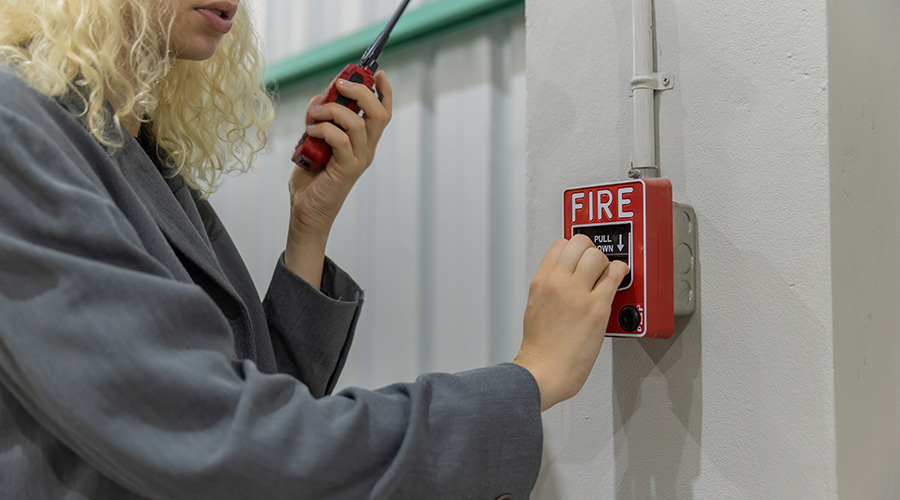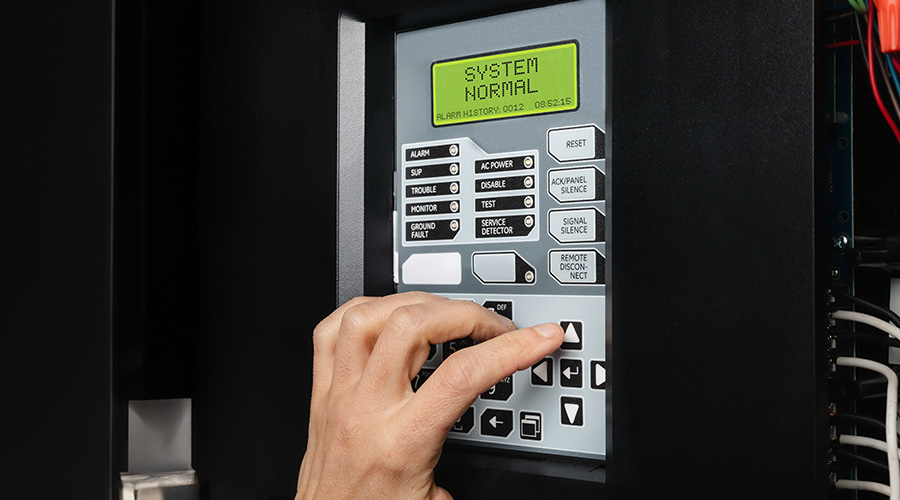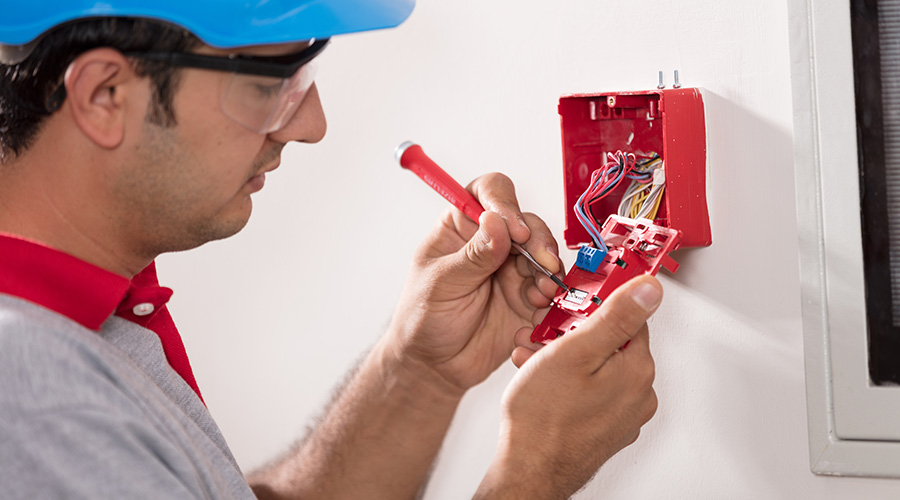Changes In Fire Codes, Standards Offer New Fire Protection System Guidance For Facility Managers
For facility managers, the breadth and complexity of fire protection and life safety systems can make maintenance a daunting task. There are crucial maintenance requirements for fire protection systems, including automatic sprinkler systems, special hazard suppression systems like clean agent systems and dust explosion systems, emergency and exit lighting systems, emergency power supplies, and fire alarm systems. The good news is that the applicable codes and standards are regularly updated with new fire protection system guidance.
The place to start is the widely accepted National Fire Protection Association (NFPA) codes and standards, which recommend intervals and offer proper methods for meeting those requirements. These codes and standards are typically incorporated by reference through each jurisdiction's adopted building or fire codes, such as the International Building Code (IBC), the International Fire Code (IFC), the Building Construction and Safety Code (NFPA 5000), and the Fire Code (NFPA 1).
To add another level of complexity, every jurisdiction may adopt a different revision of the referenced code or standard. Once you determine the referenced edition in your region (often available using your jurisdiction's website), acquiring these standards or code books in print can make system maintenance significantly simpler because they give you the recipe for success and a tool to assist in coordinating with contractors or professionals. A facility manager does not necessarily need contractors or professionals to perform inspection, testing, and maintenance. But, depending on the size of the facility and the systems in question, contractors or professionals may be better equipped to perform the functions required — and the codes do require that those performing those functions be qualified.
Commonly referenced NFPA codes and standards that offer inspection, testing, and maintenance guidance include (but are not limited to):
- NFPA 3, Recommended Practice on Commissioning and Integrated Testing of Fire Protection and Life Safety Systems,
- NFPA 10, Standard for Portable Fire Extinguishers,
- NFPA 25, Standard for the Inspection, Testing, and Maintenance of Water-Based Fire Protection Systems,
- NFPA 72, Fire Alarm and Signaling Code, and
- NFPA 2001, Standard On Clean Agent Fire Extinguishing Systems.
NFPA 25 and NFPA 72 will guide you through inspection, testing, and maintenance of two of the most prevalent and critical fire protection and life safety systems found in facilities. Let's take a closer look at revisions to inspection, testing, and maintenance requirements in those two documents.
Changes To NFPA 25
NFPA 25, Standard for the Inspection, Testing, and Maintenance of Water-Based Fire Protection Systems, covers automatic fire sprinkler systems of all types, standpipe and hose systems, fixed water spray systems, private hydrant systems, fire pumps, water mist systems, and foam-water systems.
As with most NFPA code or standard revisions, the 2011 edition of NFPA 25 was refined to provide additional or revised frequencies and additional definitions. Two particularly beneficial enhancements to NFPA 25 are the addition of a new Annex E, titled Examples of Classifications of Needed Repairs, and Annex F, which provides a form to assist in the evaluation of hazards. Annex F is intended to be used by design professionals but offers a structured hazard evaluation example for evaluating changes of occupancy, space usage, contents, or hazards that sprinkler systems are intended to protect.
NFPA 25 is an excellent and easy-to-navigate tool (including reference tables) of frequencies and methods. Of note in the 2011 edition is the continued recognition that dry-type sprinkler systems require more frequent inspection, testing, and maintenance due to the inherent complexity and a higher risk of corrosion, especially if not designed or drained properly. Chapter 5, which provides frequencies and procedures for inspection, testing, and maintenance of sprinkler systems, increased the frequency of testing or replacement of dry sprinklers.
Commissioning Fire Protection Systems
Proper commissioning (and testing) of fire protection systems can result in much higher system reliability and easier long-term inspection and maintenance. As a result, the NFPA has developed a single source document that facility managers can reference to properly coordinate commissioning of fire protection systems. NFPA 3, Recommended Practice on Commissioning and Integrated Testing of Fire Protection and Life Safety Systems, recommends testing interconnected fire protection systems together, rather than individually. Following NFPA 3 will result in a better documented, more reliable fire protection system. NFPA 3 is currently in its second cycle of revisions. |
Related Topics:














